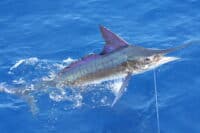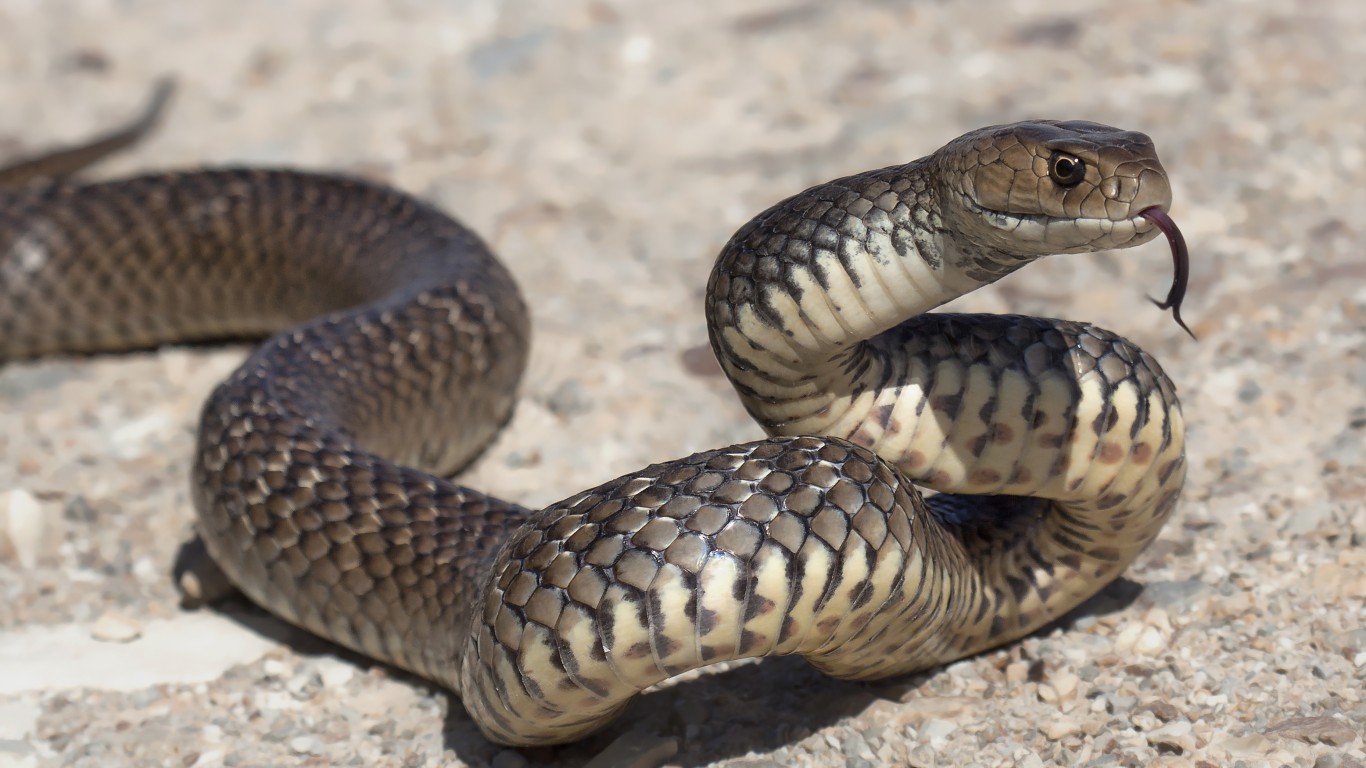
There are about 3,000 species of snakes worldwide, with roughly 600 being venomous. Of those, around 200 pose a major threat to humans and can cause illness or death if their bite is untreated.
According to experts, the most lethal of all snakes is the inland taipan found in Australia. Its venom can kill a person in under an hour.
The World Health Organization estimates that snakes bite about 5 million people globally each year, resulting in between 81,000 to 138,000 deaths. Those most at risk of snakebites are young people, children, outdoor workers like farmers and hunters, and others who spend time outside. (These are the most dangerous jobs in America.)
The London-based safari information site Safaris Africana has compiled a list of the most venomous snakes in the world. The company notes that there are several ways to measure lethality, among them the amount of venom dose needed to kill one person, the number of people killed by a species each year, and the percentage of people who die if a bite from a species is left untreated. Safaris Africana has used these and other yardsticks to determine some of the world’s deadliest snakes. (Note that many of these exist in numerous subspecies.)
A recent report identified the inland taipan as the most venomous snake, with a bite that can be lethal in over 80% of untreated cases. The taipan’s venom contains toxins that damage blood vessels, muscles, and breathing. (Snakes are hardly the only animals that can be deadly to humans, of course. These are the world’s deadliest animals.)
While North America has many venomous snakes, none rank among the world’s deadliest.
Click here to see the deadliest snakes in the world
11. Faint-banded sea snake
> Alternate name: Belcher’s sea snake
> Latin name: Hydrophis belcheri
> Range:(s): Indian and Pacific oceans, from eastern South Africa to western Central America
[in-text-ad]
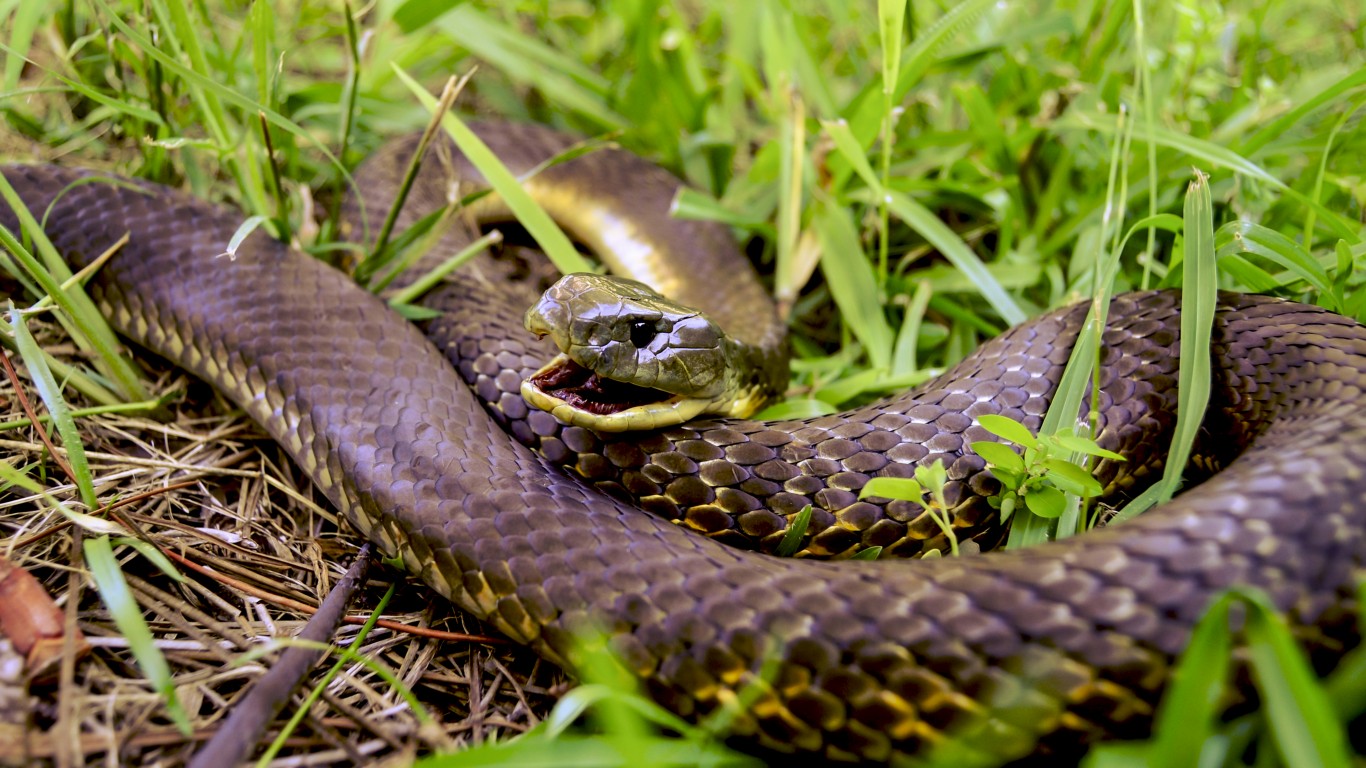
10. Tiger snake
> Alternate names: Black tiger snake, mainland tiger snake
> Latin name: Notechis scutatus
> Range:(s): Southern Australia, including Tasmania
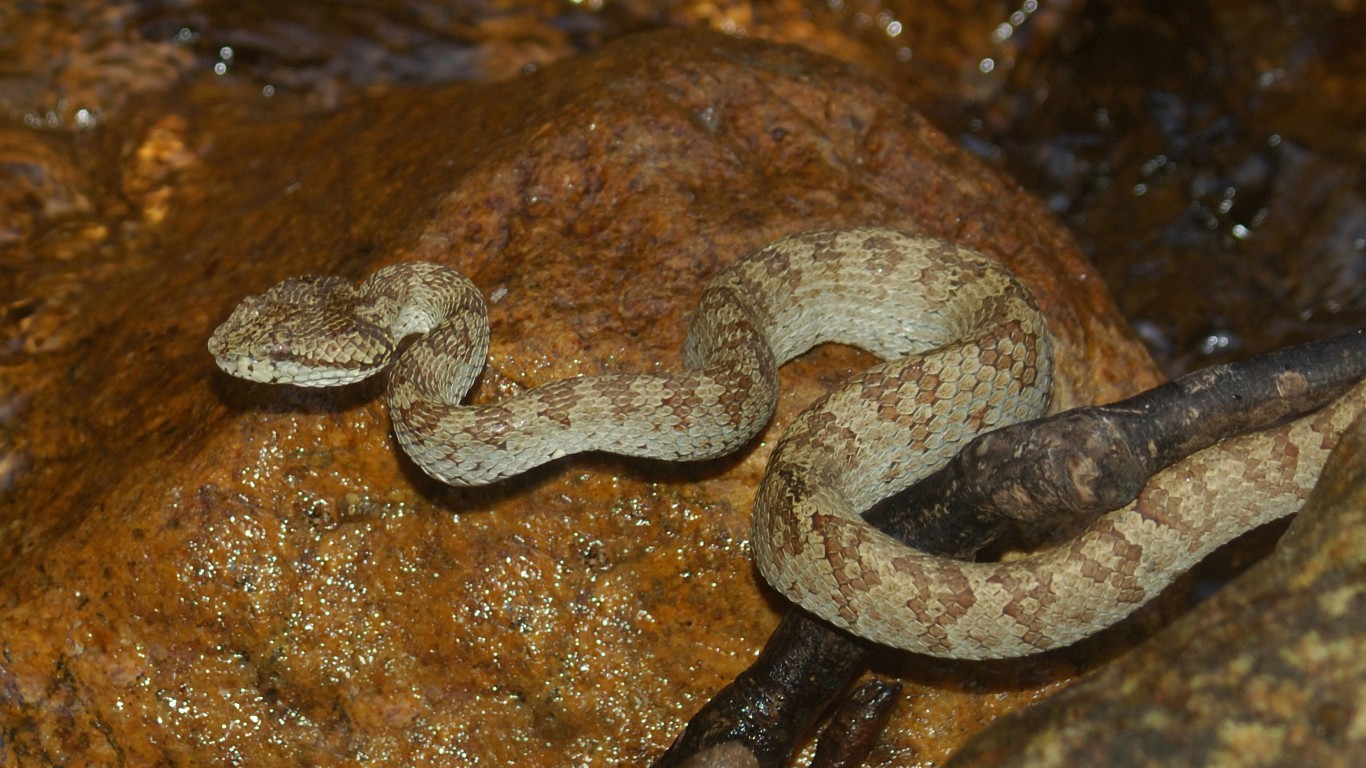
9. Saw-scaled viper
> Alternate names: Indian saw-scaled viper, little Indian viper, Jararee snake, Said Dekhil snake
> Latin name: Echis carinatus
> Range:(s): India, Middle East, Central Asia
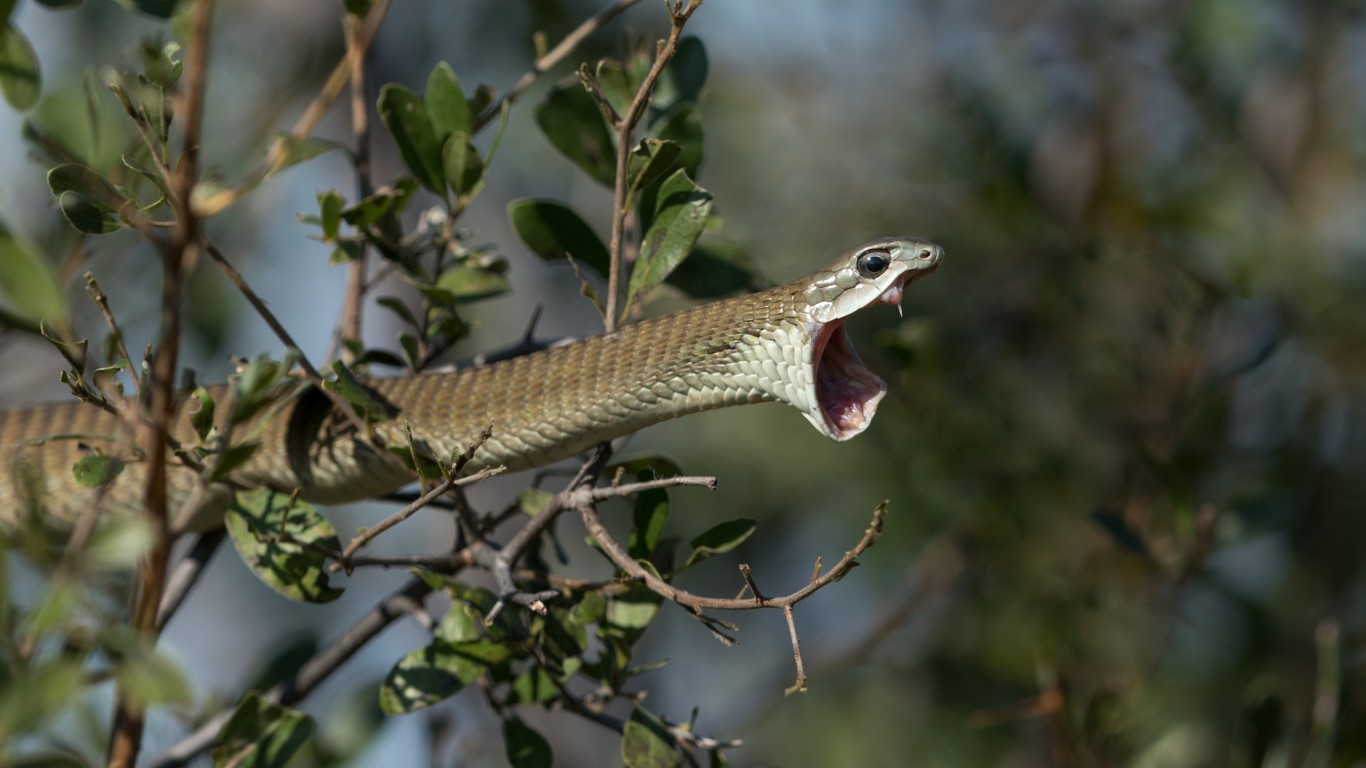
8. Boomslang
> Alternate name: Tree snake
> Latin name: Dispholidus typus
> Range:(s): Sub-Saharan Africa
[in-text-ad-2]
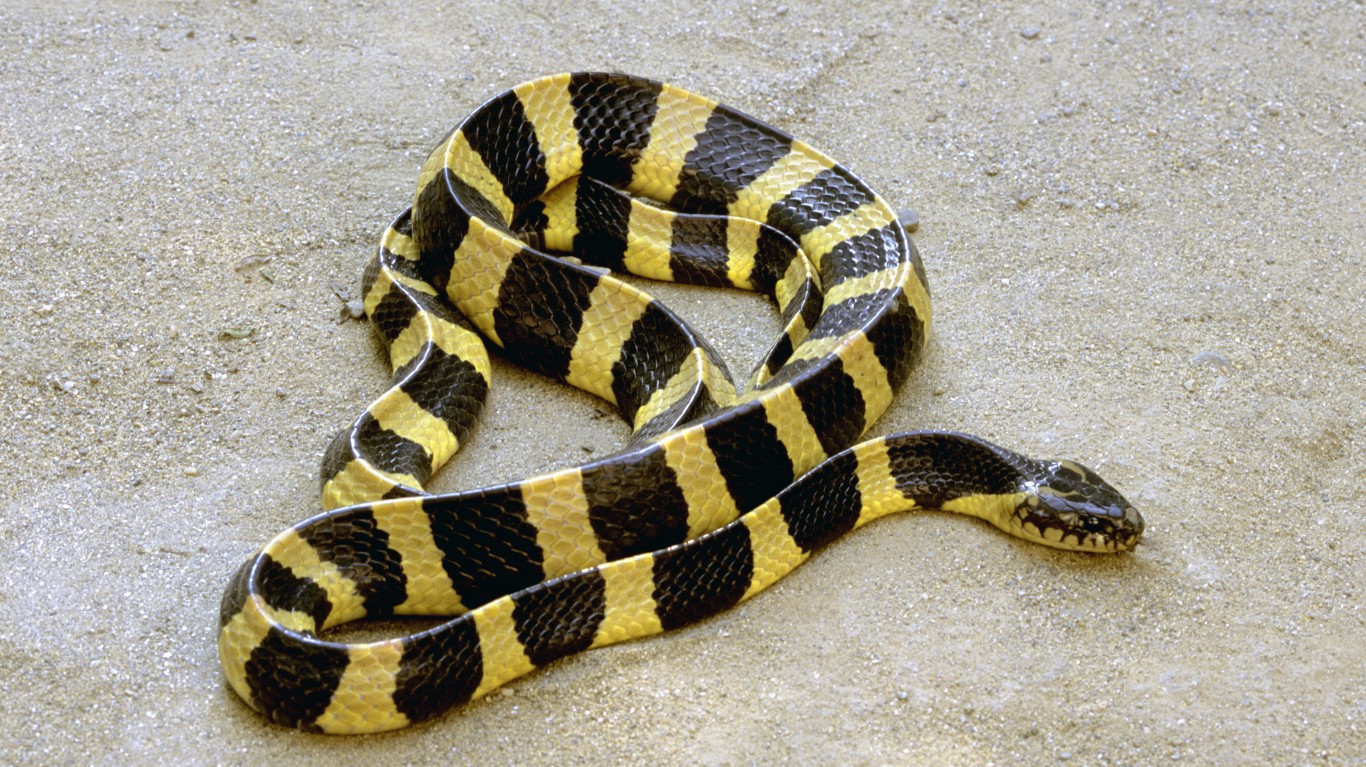
7. Banded krait
> Alternate names: Ahiraaj saamp, welang
> Latin name: Bungarus fasciatus
> Range:(s): South and Southeast Asia, southern China

6. Barba amarilla
> Alternate names: Fer-de-lance, common lancehead, mapepire balsain
> Latin name: Bothrops atrox
> Range:(s): South America east of the Andes, Trinidad, Panama
[in-text-ad]
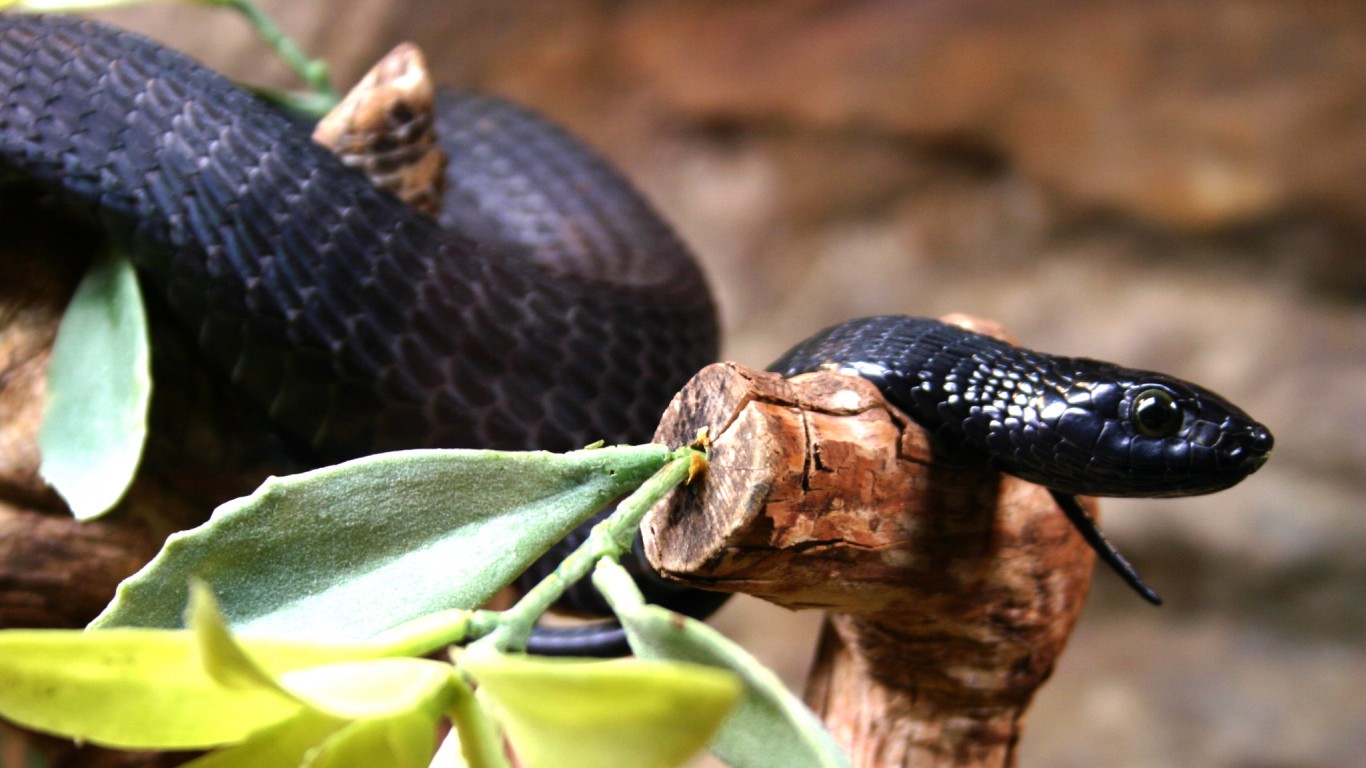
5. Black mamba
> Alternate name: Ndemalunyayo
> Latin name: Dendroaspis polylepis
> Range:(s): Sun-Saharan Africa, possibly West Africa

4. King cobra
> Alternate name: Hamadryad
> Latin name: Ophiophagus hannah
> Range:(s): South and Southeast Asia

3. Coastal taipan
> Alternate name: Common taipan
> Latin name: Oxyuranus scutellatus
> Range:(s): Northern and eastern Australia, New Guinea
[in-text-ad-2]
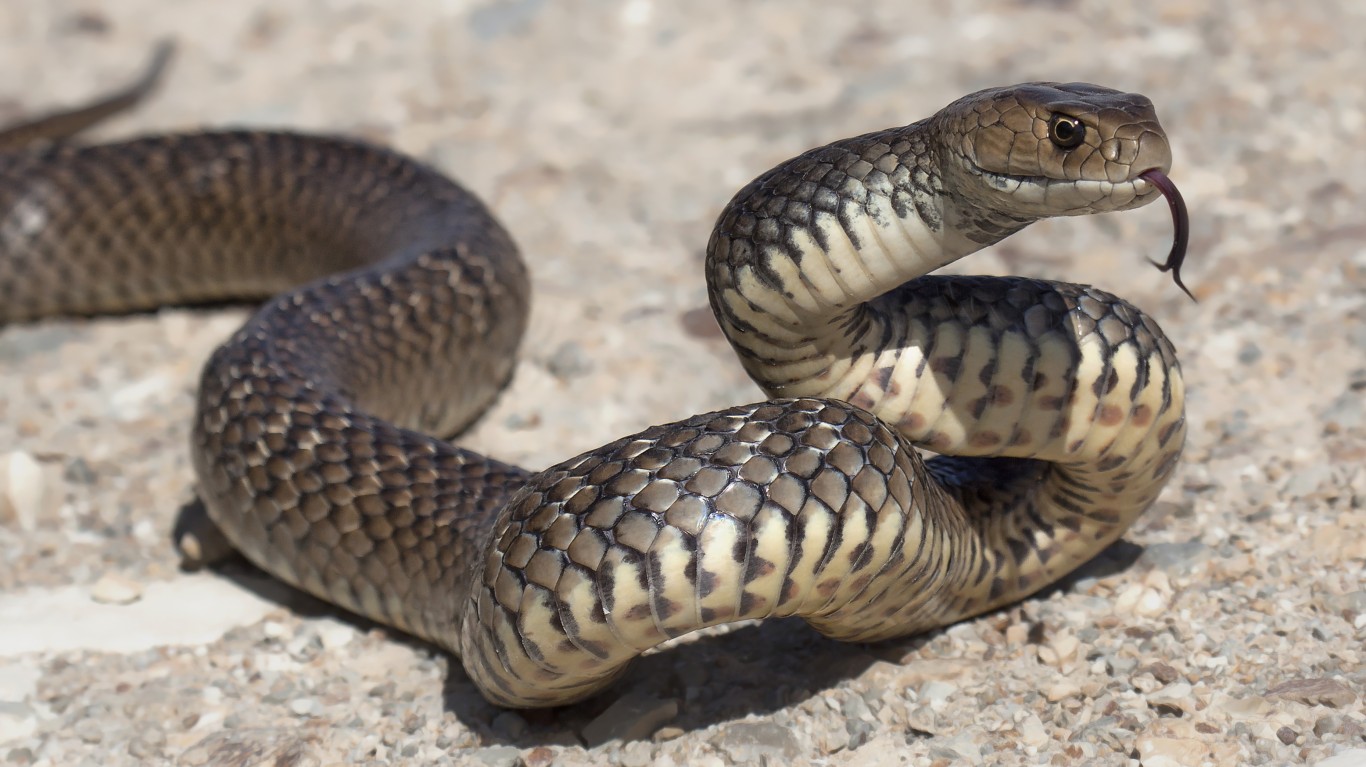
2. Eastern brown snake
> Alternate names: Common brown snake, marragawan
> Latin name: Pseudonaja textilis
> Range:(s): Eastern and central Australia, southern New Guinea

1. Inland taipan
> Alternate names: Inland taipan, fierce snake, small-scaled snake
> Latin name: Oxyuranus microlepidotus
> Range:(s): East-central Australia
Thank you for reading! Have some feedback for us?
Contact the 24/7 Wall St. editorial team.
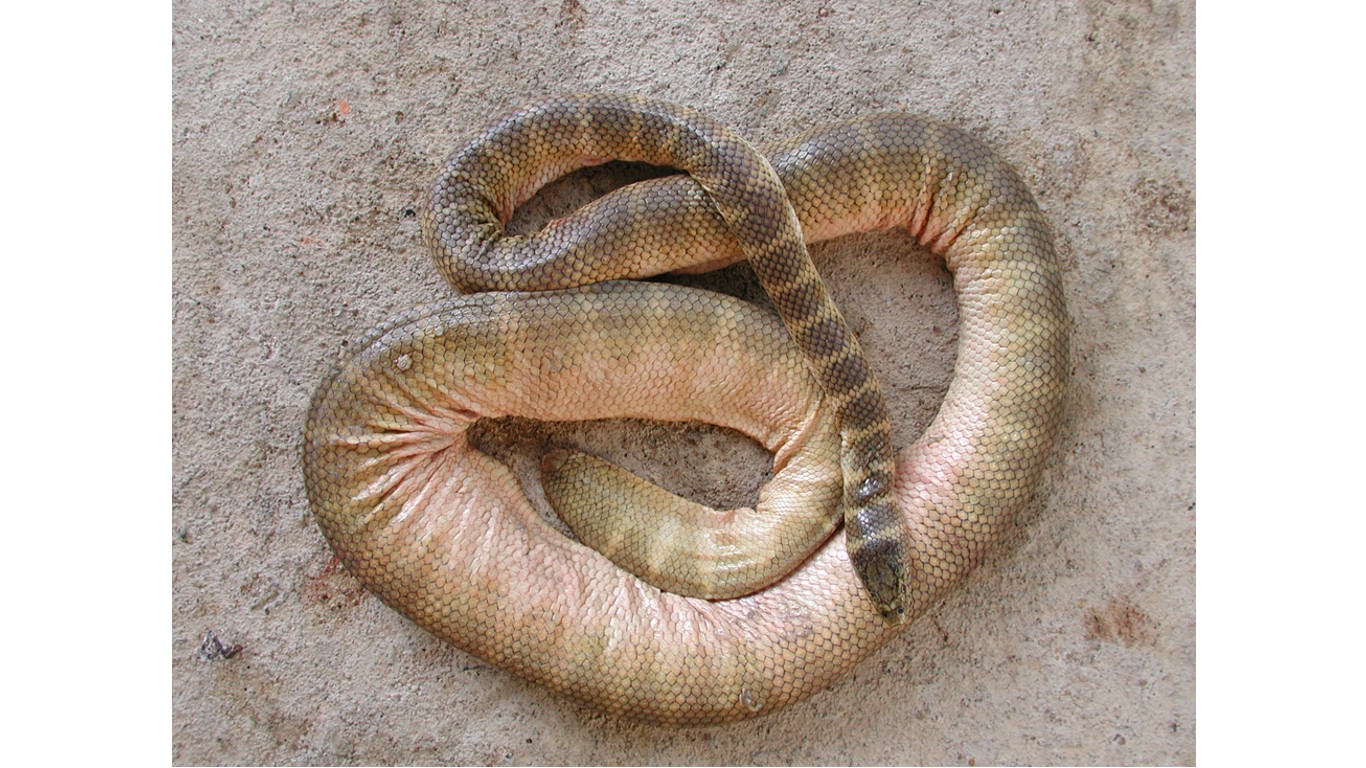
 24/7 Wall St.
24/7 Wall St.
